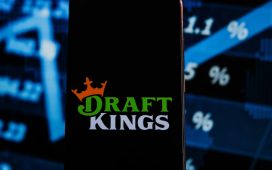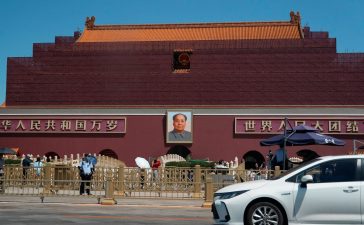After years of political unrest in Peru, the relative calm of recent months has made international investors increasing their appetite for the country’s sovereign bonds.
Foreign investors now hold 39% of Peru’s sovereign bond market holdings, the highest level across all emerging market countries. This underscores the increasingly positive sentiment surrounding the Peru’s fixed income outlook. Moody’s currently has a moderately stable Baa1 credit rating on Peruvian bonds.
This comes after years of political unrest made investors wary of the Latin American nation. Lawmakers earlier this year called for President Dina Boluarte’s resignation amid allegations of illicit enrichment. Calls of an impeachment have currently faded and Boluarte and Congress are now at an impasse.
But now “Peru is a bit ahead of the game,” said Pramol Dhawan, Pimco head of emerging markets portfolio management. “It has recognized the need to provide international investors positive returns on domestic assets, and for central banks to be aligned with international investors and provide positive returns on domestic assets.”
Fixed income backdrop
Some of the Peruvian economy’s standout characteristics are its low debt-to-GDP ratio, which is among the lowest within its Latin American peers, and its stable currency, the Sol. According to the International Monetary Fund, Peru’s debt equates to 33% of its GDP. That’s well below Brazil’s 86.7% and lower than Chile’s 40.5%.
The Central Reserve Bank of Peru also lowered interest rates at its September meeting to 5.25%, the lowest level across Latin America. Peru also holds the steepest yield curve across global and emerging markets, Dhawan highlighted — a stark contrast to the inverted yield curves in the U.S. and many other countries.
“The real yields are high and the curve is steep; and as the [Fed] rate cut cycle continues, there is still a lot of potential upside for duration for local Peruvian bonds,” said David Austerweil, deputy portfolio manager for the emerging markets fixed income strategy at VanEck.
A 2-year Soberano, the country’s local currency bond, is currently yielding 4.661% and the yield on the 10-year Soberano was last at 6.428%. Bank of America is long on Soberanos, the local-currency government bonds.
Ironically, Peru’s political dysfunction — which has put its Congress at a gridlock and unable to pass meaningful legislation — likely has strengthened Peru’s fiscal health.
“In some sense, the lack of a strong executive has led to better fixed income outcomes,” Austerweil added.
Dhawan also underscored that Peruvian fixed income is a high quality market for foreign investors. Dhawan noted that the political turmoil is not detracting from the country’s debt market outlook. The fixed income backdrop is helped by the relative stability of the Peruvian central bank.
“Peru has created an ecosystem which is largely conducive for international investment,” said Dhawan. “The central bank has been viewed as the grown up in the room … It’s now validating what we think it should be doing, which is normalizing policy in-line with their domestic conditions.”
What about the stock market?
The Peruvian equity backdrop is less clear. The MSCI Peru Index has rallied 24.8% in 2024 and 55.8% over the last 12 months. That makes it an outperformer against the MSCI Emerging Markets and World indexes, which are up just 15.2% and 16.7% each on a year-to-date basis, and around 23% and 30% in the past 12 months, respectively.
“Whilst the commodity bonus has helped Peru in the short-term, it is hard to see a good longer-term equity story without a proper functioning political system,” Dhawan said.
Mining companies are among the largest market-cap stocks in Peru, making the stock market highly exposed to cyclical factors. Peru is one of the world’s largest producers of metals such as copper, silver, and zinc.
Notably, copper prices have surged 24.5% year to date — and commodities prices are expected to climb higher with the recent China stimulus measures raising hopes for a rebound in economic activity. However, the commodities sector remains highly volatile and subject to external conditions, complicating the equity environment.
“Absent a big commodity supercycle, which is not our base case, it’s hard to see sort of sustainable growth, outperformance versus trend without being more conducive,” said Dhawan.









